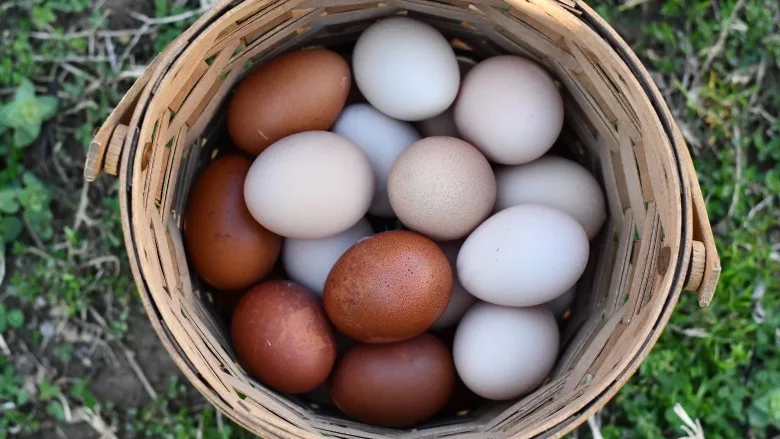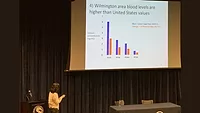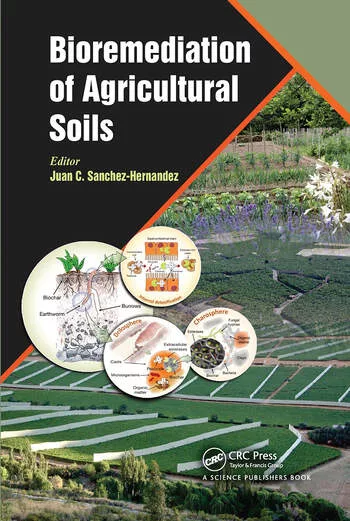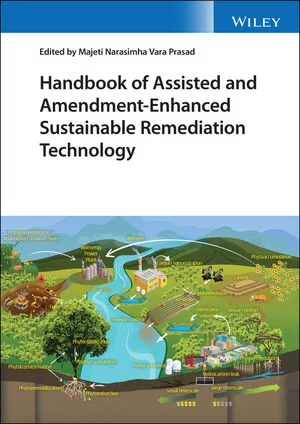PFAS found in organic eggs in Denmark
The substances are most likely transferred via fishmeal, which is included in feed for the hens.

Photo by Holly Spangler on Unsplash
The environmental contaminant PFAS was found in organic eggs from chicken farms from all over Denmark, whereas the content was low in eggs from free-range, barn and battery hens. This is shown by a study carried out by the DTU National Food Institute in collaboration with the Danish Veterinary and Food Administration.
The substances are most likely transferred via the fishmeal used for feed. This relationship was found because uniform concentrations and compositions of PFAS compounds was found across large chicken flocks that consume organic feed.
Children can get twice the tolerable intake
Especially children aged 4 to 9 years who eat more than 2.5 organic eggs per week are at risk of getting too much of the unwanted substance.
The European Food Safety Authority, EFSA, has set the tolerable weekly intake of the sum of four specific PFAS (PFOA, PFNA, PFHxS and PFOS) at 4.4 nanograms per kg body weight per week. Among the children who eat many eggs (5-6 eggs per week), the intake is 10 nanograms per kg body weight per week. In addition, all citizens in Denmark are further exposed to PFAS from many other foods and sources, all of which contribute to the total intake.
"When children are at risk of being exposed to more than twice as much PFAS solely from eggs as the amount that is the limit for a safe intake, the risk is noticeable. Especially when the intake for all age groups is close to the limit of what EFSA assesses as safe", Associate Professor Kit Granby from the DTU National Food Institute says.
EU introduced maximum leves in whole eggs for the four PFAS and the sum of them on 1 January 2023. This means that food items sold before that date might exceed the new maximum levels. It is expected that the EU will later introduce maximum levels in feed, as it has been implemented for other environmental pollutants.
Toxic substance accumulates in the food chain
PFAS is an example of a substance group that can migrate and accumulate through the food chain - from fish to fishmeal, which is included in chicken feed, via the hen to the egg, where it binds to the protein in the yolk and can then be eaten by humans. When it is in humans, it can take 3-7 years before the substance concentration is halved.
"PFAS are not substances that make you acutely ill, but if you consume too big amounts for many years, the immune system can be adversely affected - e.g. by impairing the effect of childhood vaccinations, increasing cholesterol levels in the blood, and reducing birth weight", Kit Granby says.
A solution may be to change the feed
It lasts 4-7 days before the contents of PFOS and PFOA, PFHxS in eggs from hens that have consumed contaminated feed are halved. The DTU National Food Institute therefore assesses that the current problem can be solved.
"Our investigations clearly indicate that the unwanted substance has been transferred to the eggs via fishmeal in the chicken feed. Therefore, a replacement with a non-contaminated feed ingredient could within a few weeks significantly reduce the content of PFAS in the eggs", Kit Granby concludes.





